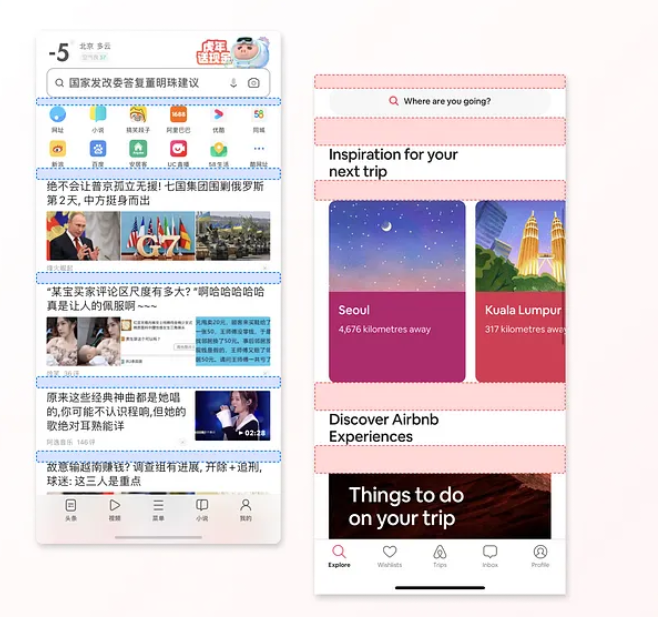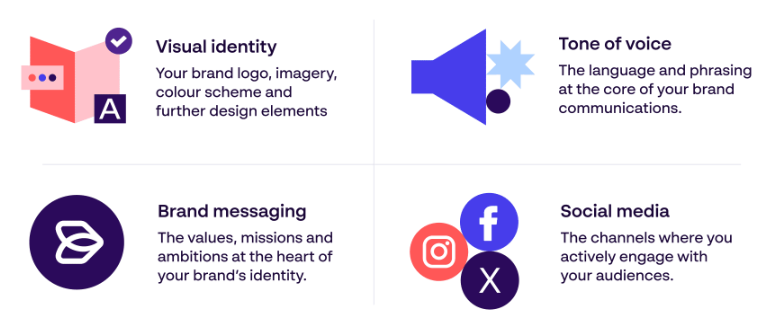How to Translate and Localize Product Manuals for the Chinese Market: 5 Costly Mistakes US Brands Make
Release date :2025-04-29
When US products enter the Chinese market, the product manual often gets sidelined. But in reality, it's one of the first and most critical brand touchpoints. A poorly localized manual can erode user trust, increase customer support costs, and expose your business to compliance risks.
Based on Landelion's localization work across electronics, medical devices, and smart home products, we’ve summarized the 5 most common (and costly) manual localization pitfalls—and how to avoid them with real operational data.
1. Literal Translation Without Industry Expertise
Direct translations by general translators often fail to capture the meaning of technical terms. For example, in a smart door lock manual we reviewed, "reset mechanism" was literally translated into Chinese without context—leading users to misinterpret the function as a physical reset button, triggering a spike in customer support tickets.
What happens when industry context is missing?
4.2× increase in post-sale inquiries
Average session time drops by 39% on support pages
2. No Layout Adjustment for Chinese Text
Chinese typically requires 15–30% more horizontal and vertical space than English. Without layout redesign, the final manual ends up cramped, with line breaks that interrupt reading flow.
Real-world impact:
1.6× longer average reading time
2.3× increase in "manual unclear" feedback in post-purchase NPS surveys

3. Fonts and Visual Elements That Don't Translate Well
Western fonts and iconography can appear overly decorative or even unprofessional to Chinese readers. A US medical equipment brand saw a 52% higher bounce rate on their Chinese product PDF when using serif fonts and bright orange headers that are typically seen in budget packaging in China.
Design principles that work better in China:
Use sans-serif fonts with higher legibility in Chinese (e.g., Source Han Sans)
Avoid color schemes that suggest low-end retail or imported clearance goods
4. Terminology Inconsistency Across Channels
Many US brands use different Chinese terms across packaging, user manuals, and websites. In one case, a smart lighting system used three different terms for “hub” across app, manual, and website—resulting in user confusion and failed installations.
Why consistency matters:
Reduces average customer support call time by 27%
Improves regulatory review pass rate on first submission (especially for electronics and medical devices)

5. Disjointed Translation, Design, and Printing Workflows
When translation, layout, and printing are handled by separate vendors, errors multiply. We audited a wearable tech brand that used three different vendors—resulting in printed safety instructions that didn't match the translated version, with one unit facing product recall due to missing allergen warnings.
Operational impact:
Support ticket response time increased by 35%
Product return rate spiked by 18% in the first month
Learn how to streamline your translation workflow across teams and tools in this practical guide by Phrase.
Landelion's Integrated Approach
At Landelion, we work with US brands to streamline the entire manual localization workflow—so nothing gets lost in translation. Our solution includes:
Native Chinese translators with industry-specific experience
Full redesign and DTP (desktop publishing) tailored for Chinese readability
Icon, font, and layout localization aligned with regional expectations
End-to-end consistency across manuals, packaging, and digital platforms
Our clients in consumer electronics, healthcare, and software industries have seen measurable improvements:
42% reduction in post-sale support tickets
29% increase in positive user reviews mentioning the manual clarity
21% faster market approval time for regulated products
Learn more: See our full manual localization service

Your manual is your handshake in China. Make it clear. Make it trustworthy.
Ready to localize your manuals the right way? Contact our localization team!
